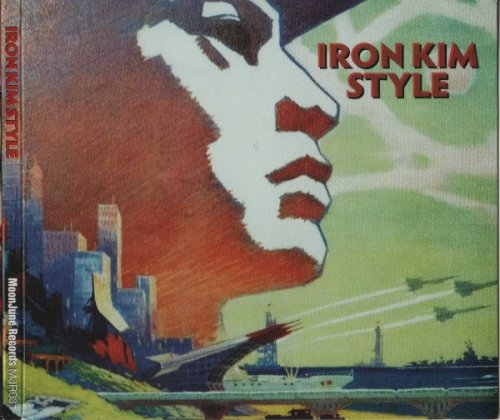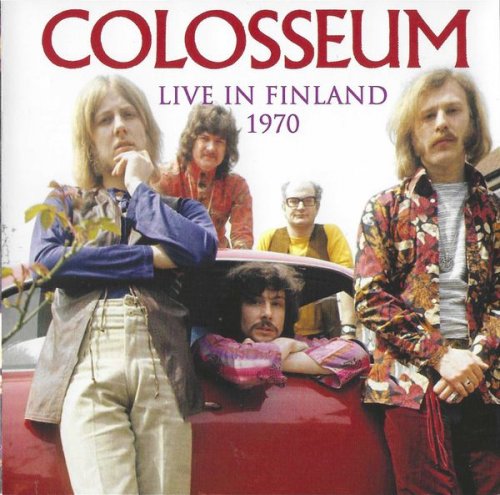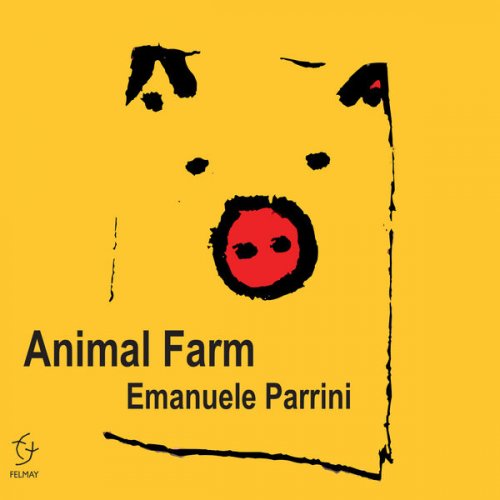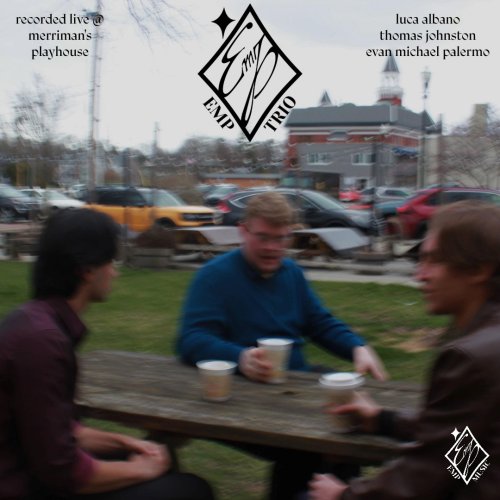Daniel Blumenthal - Strauss: Piano Quartet in C Major, Op. 13, TrV 137 & Piano Trio No. 2 in D Major, TrV 71 (2018)
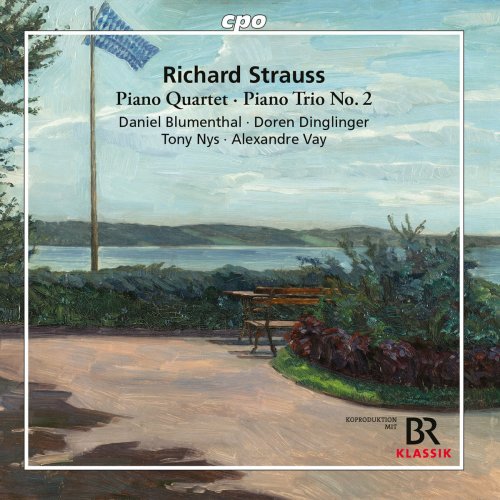
Artist: Daniel Blumenthal
Title: Strauss: Piano Quartet in C Major, Op. 13, TrV 137 & Piano Trio No. 2 in D Major, TrV 71
Year Of Release: 2018
Label: CPO
Genre: Classical
Quality: flac lossless +booklet
Total Time: 01:07:37
Total Size: 284 mb
WebSite: Album Preview
TracklistTitle: Strauss: Piano Quartet in C Major, Op. 13, TrV 137 & Piano Trio No. 2 in D Major, TrV 71
Year Of Release: 2018
Label: CPO
Genre: Classical
Quality: flac lossless +booklet
Total Time: 01:07:37
Total Size: 284 mb
WebSite: Album Preview
---------
01. Piano Quartet in C Minor, Op. 13, TrV 137: I. Allegro
02. Piano Quartet in C Minor, Op. 13, TrV 137: II. Scherzo. Presto
03. Piano Quartet in C Minor, Op. 13, TrV 137: III. Andante
04. Piano Quartet in C Minor, Op. 13, TrV 137: IV. Finale. Vivace
05. Piano Trio No. 2 in D Major, TrV 71: I. Allegro moderato
06. Piano Trio No. 2 in D Major, TrV 71: II. Andante cantabile ma non troppo
07. Piano Trio No. 2 in D Major, TrV 71: III. Scherzo. Allegro assai
08. Piano Trio No. 2 in D Major, TrV 71: IV. Finale. Lento assai-Allegro vivace
A radically systematic logic manifested itself quite early in the music of Richard Strauss. He avoided the instrumental genres, was attracted to the tone poem right from the very start, and worked toward the goal of making the opera his central focus. And yet his beginnings lay in chamber music, a fact demonstrated on this CD with two examples in new recordings. The Piano Trio No. 2 is lengthier than its predecessor and very ambitious both in its tonal register and execution. The piano trio had a long line of tradition going back to Haydn, Mozart, and Beethoven, but the composer who set standards in the middle of the nineteenth century is particularly clearly recognizable here in a model function: Mendelssohn. Only about seven years passed between this trio and Strauss’s only Piano Quartet, but in 1885 too he was still a very young composer. The quartet displays impressive advances in technique; now Strauss apparently could draw on all the compositional resources then available, and the higher virtuosic demands on the instrumentalists are also quite evident.


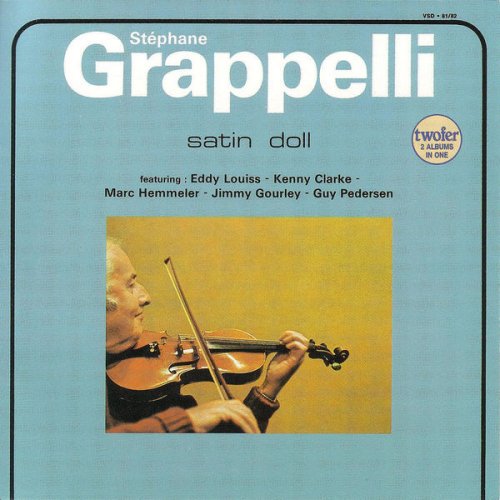
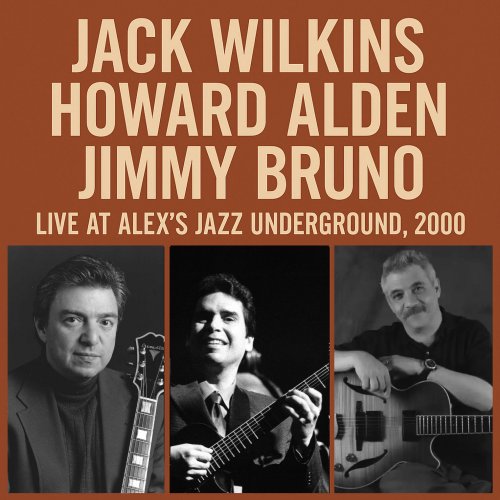
![Pauli Lyytinen - Rabbit Hole (2026) [Hi-Res] Pauli Lyytinen - Rabbit Hole (2026) [Hi-Res]](https://img.israbox.com/img/2026-01/07/rh1ibfj0mqsrzvd9597ic0qrl.jpg)
